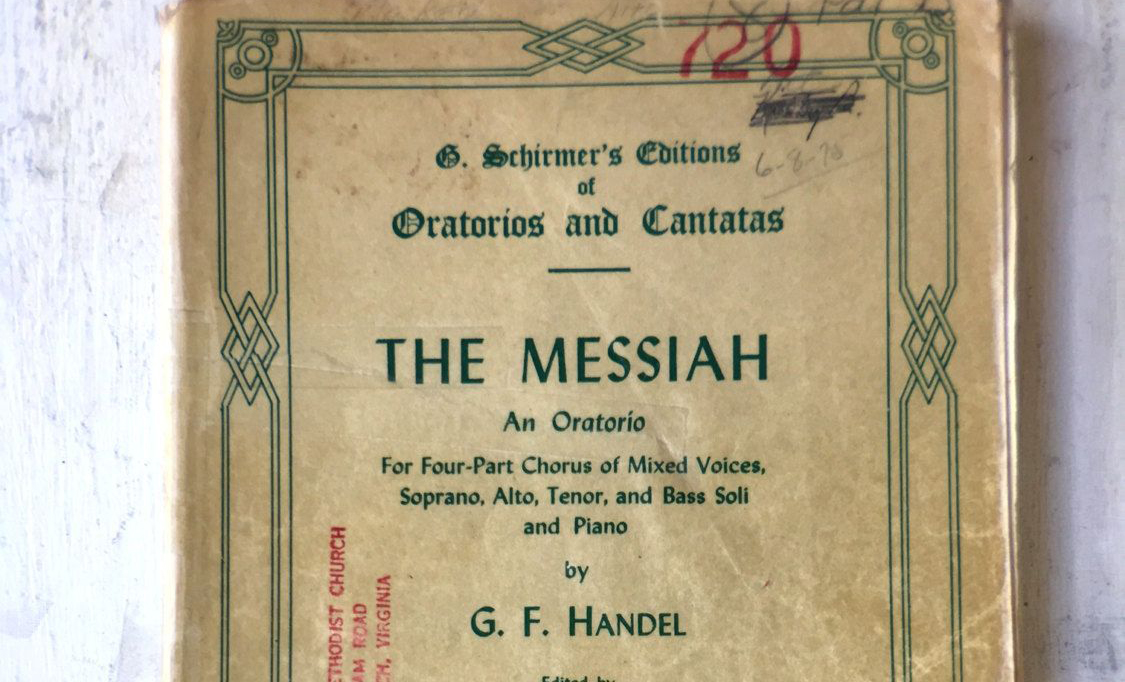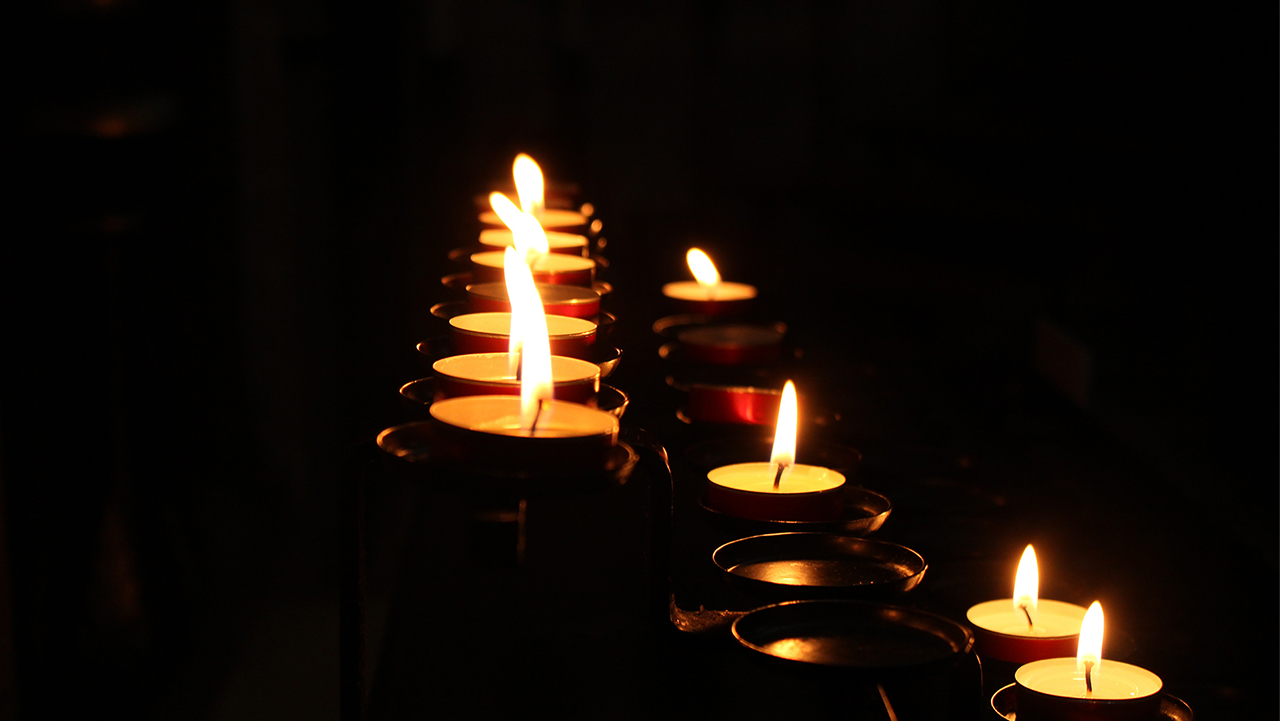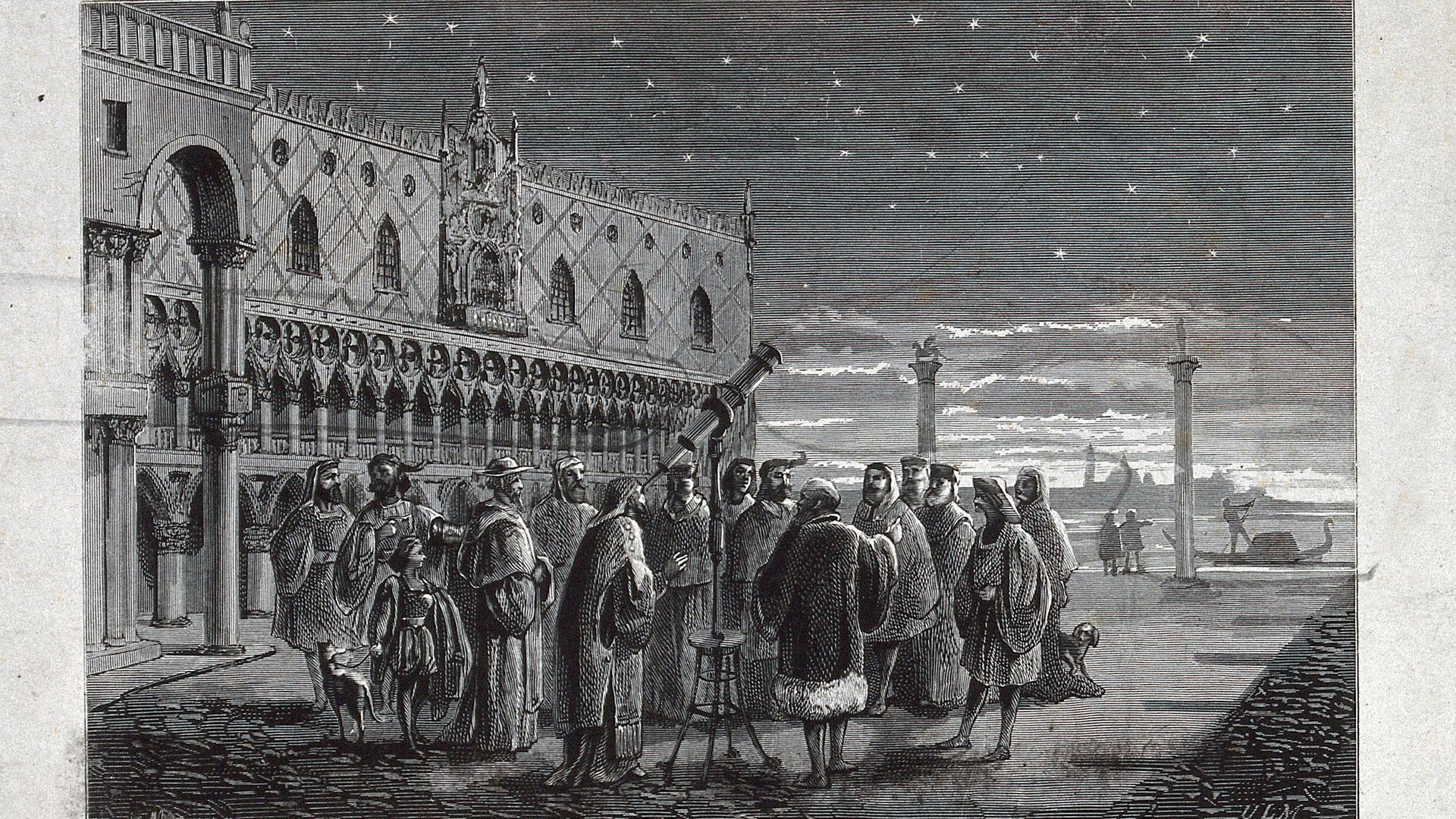American Christianity has had few moments as opportune as the years following World War II. An overseas victory and a booming economy to match meant that the mood for many Americans was one of optimism, and that hope often translated into increased attendance and participation in churches nationwide. Along with increased church attendance, the mid-20th-century also saw the birth of “family values,” in which the family unit and the church were considered pillars of one’s life. Large-scale revivals led by famed evangelists like Billy Graham and Edwin Orr took place across the country, and American protestant Christianity began to seek to be more outward-facing than its fundamentalist past.
A revival was taking place in American Christianity, but it wasn’t only limited to its church congregations — there was an architectural revival brewing too. Just as the mid-century became a pivotal point in residential and commercial architecture nationwide, so it became one for religious architecture. Churches were being renovated and built to include key mid-century design characteristics, like an embrace of natural light, the removal of the excessively ornate — all in order to focus on the true and authentic above all else.
The church gets a makeover
One of the quintessential mid-century churches is North Christian Church, designed by Eero Saarinen in 1964 in Columbus, Indiana. The church is striking, even from afar, and is a far cry from the traditional Gothic revival or neoclassical look of churches before it. It looks tent-like, with a thin, but incredibly tall spire reaching from its center. There are no wings or dormers on its facade and its windows are barely visible, giving it a minimalist look. Inside, the geometric sanctuary sits in the center of the church and natural light descends from above. Seats and pews are gathered around the pulpit, using a new technique called “church in the round’’ that was often favored by more liberal, mainline congregations.
But it wasn’t just churches built by big-name architects like Saarinen that incorporated these novel concepts. Churches all across American simplified their interiors. Excess adornments — such as stained-glass windows, carved altarpieces, decorated pews, and ornate railings — which had once stood to demonstrate the holiness and power of God, were often removed in favor of a simple cross at the altar or exposed wood ceilings and pews. Churches embraced more streamlined elevations and the A-line roof, which allowed them to still create the mass and height that a “proper” sanctuary needed, while being far less expensive than traditional church roofing, thanks to its uncomplicated construction. Windows, too, underwent massive changes. Ornately detailed stained glass was replaced with more abstractly designed stained glass, if “stained” at all. Windows were placed closer to the ceiling, still allowing for natural light while allowing the congregation to focus on the pulpit, rather than on what was outside. Some even used natural light to highlight the sacraments, placing windows so that sunlight would pour down on a baptismal or communion table. Like so many other buildings in the mid-20th century, the American church had gotten a makeover.
‘Wood is wood. Steel is steel. God is God.’
Though not all churches took inspiration from mid-century modern design, plenty did. So many, in fact, that the legacy of this architectural movement on church design can still be seen in religious buildings in nearly any city. But this move toward modern design didn’t happen because of one person or one denomination’s decision. Rather, the change happened over many years and through a variety of denominations (and those with no denominational affiliation) thanks to a few key features: mid-century modern design’s popular appeal, its roots in truth, and the rapid demographic shifts of post-war America.
One of mid-century modern design’s key features was that it looked toward the future. It was an optimistic design movement that aimed to make built spaces reflect rapidly changing technology and a rapidly changing world. The accessibility and forward-thinking nature of mid-century design made it the natural choice for many churches striving to bring people in, especially denominations that already considered themselves more progressive. And this new outlook was not exclusive to protestant churches, as the Catholic church’s Second Vatican Council of 1959 brought with it reform, modernization, and a desire to engage the world well. Additionally, the optimism of mid-century design also fit with the hopeful outlook of many churches, especially as attendance began to reach all-time highs.
This out-with-the-old, in-with-the-new style echoed the sentiments of many church architects who felt it was time to leave the designs of the past behind. The time for traditional religious architecture and its building methods had come and gone — it was time to bring in the new. As the thinking went, a modern church building would give relevance to Christianity in a modern world.
Another crucial facet was mid-century modern design’s focus on authenticity and architectural truth. Structural materials were rarely covered up or hidden — instead, they were presented as the best version of what they were. “Some of these far-out Scandinavian styles may reflect a theological — specifically northern Protestant — idea,” says writer Jim Beckerman. “Naked materials, raw wood, bare stone: it was all about Truth. Nothing should be adorned. Nothing should look like anything else. Wood is wood. Steel is steel. God is God.” This focus on sincerity paired well with churches’ focus on Christian truth.
In mid-century churches, truth was not hidden by sentimentality or tradition. Instead, it was all around — from the pared-down architectural details to the Bible in the back of the pew.
The trail of mid-century modern churches
The transition, however, toward mid-century church design also had a dark side. The years that followed World War II were ones of optimism and good will for many people, but certainly not for all. Racial divides still ran deep in America, and as many people of color flocked to the cities to work in burgeoning automobile and manufacturing industries, many white Americans moved out. And with them, so did their churches. The suburbs became the new stomping ground of white American Christianity, and the new churches in the suburbs needed new places to meet. Mid-century modern architecture fit the bill, as it was far cheaper to construct than traditional religious architecture, and it was a taste of something new and exciting — a far cry from the supposed grime and decay of the city and the old-fashioned church architecture of the past. It’s no surprise that much of the famed mid-century church architecture we see today exists primarily in the suburbs of the cities that these congregations fled.
But mid-century modern design’s glory days couldn’t last forever. As the ’70s and ’80s approached, mid-century style fell out of favor and soon became another design trend to be discarded until it was ready to be deemed historic. It was much the same for mid-century church architecture, as buildings were renovated and rehabilitated over the years, ebbing and flowing with the design trends of the day. But mid-century churches had far more of an impact than a mere fad — even after their heyday had passed, they set the stage for a key moment in American church history: the rise of the megachurch.
Though still quite church-like to our 21st-century-eyes, mid-century churches looked like anything but to some viewers. In fact, one famous architect, Richard Neutra, remarked that these new churches “look as if they’ve been designed by atheists.” But the streamlined profile and pared-down look of mid-century church design was a crucial step on the path to the design and style of the megachurches to come, some of which came to look more like something modeled after a warehouse or mall. But this shift was intentional; it aimed to remove any barriers to entry for visitors. In turn, mid-century churches set the stage for the idea that a church doesn’t have to look like a church.
Today, churches are held in a multitude of buildings — from 19th-century cathedrals to strip malls and schools — as they adapt to a world that demands flexibility and pragmatism, and requires resources that many congregations simply do not have. But reflecting upon mid-century churches offers a unique look at religious life in post-war America, and at the optimism and change that accompanied it. Though the design shift, like so many things of that time, has its ugly side, it also offers a fresh perspective in a world like ours that has a markedly different take on religion than it did even 75 years ago. The slim steeples, clean-cut rooflines, and the focus on raw materials of mid-century churches help us remember the transcendent truth and simple beauty of our faith, and they remind us that our God is a God who will outlast even the most transformative of design trends.





